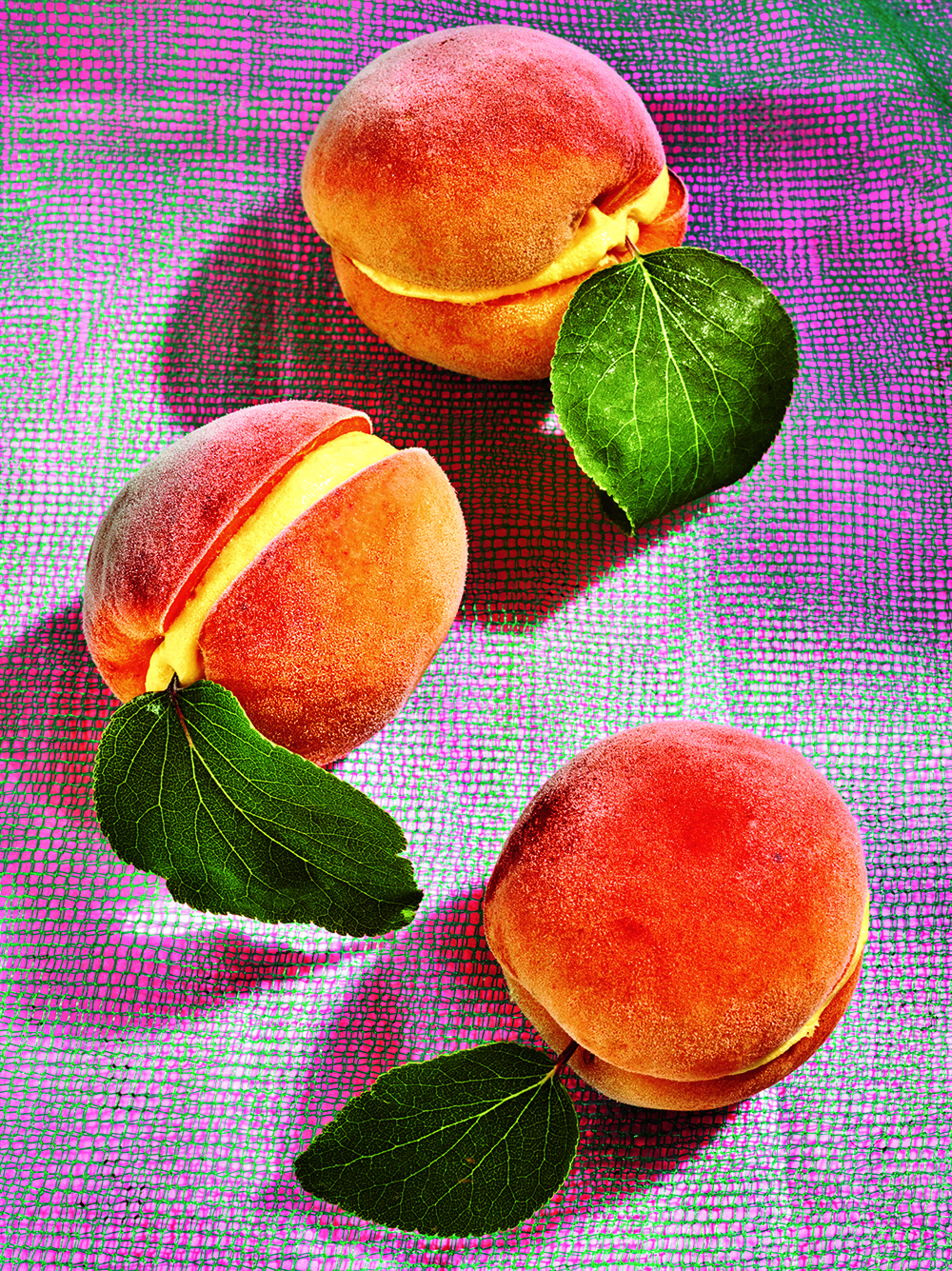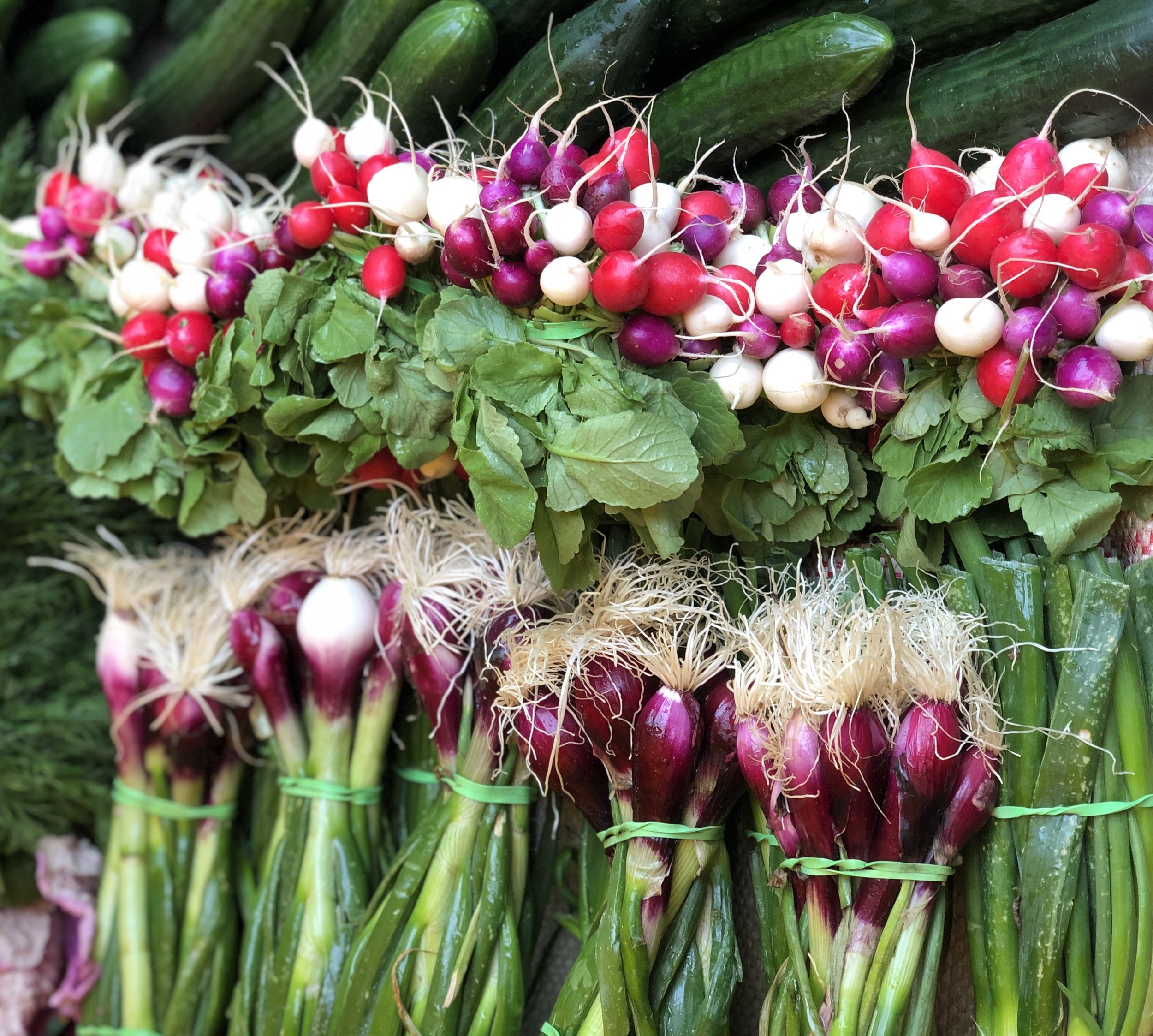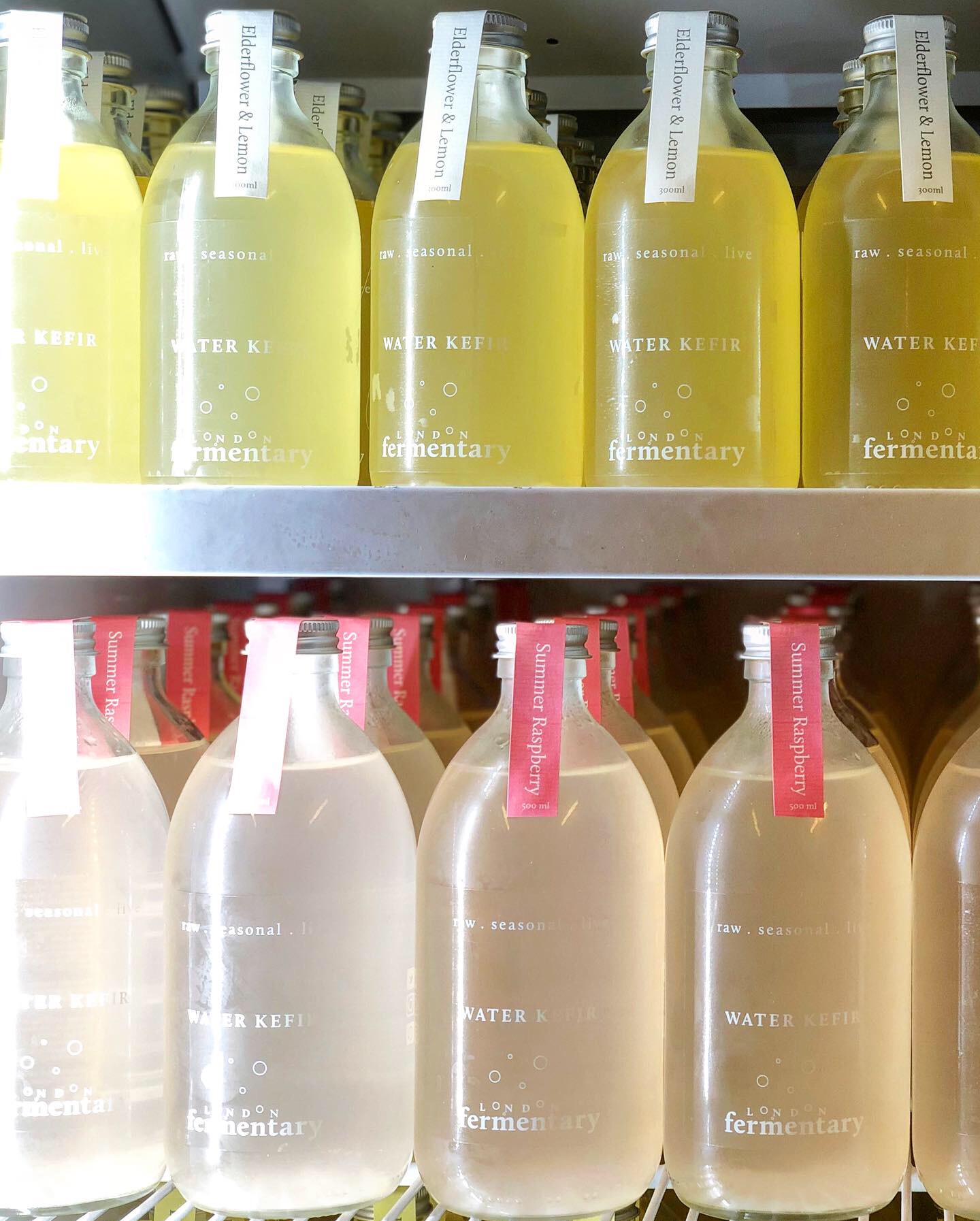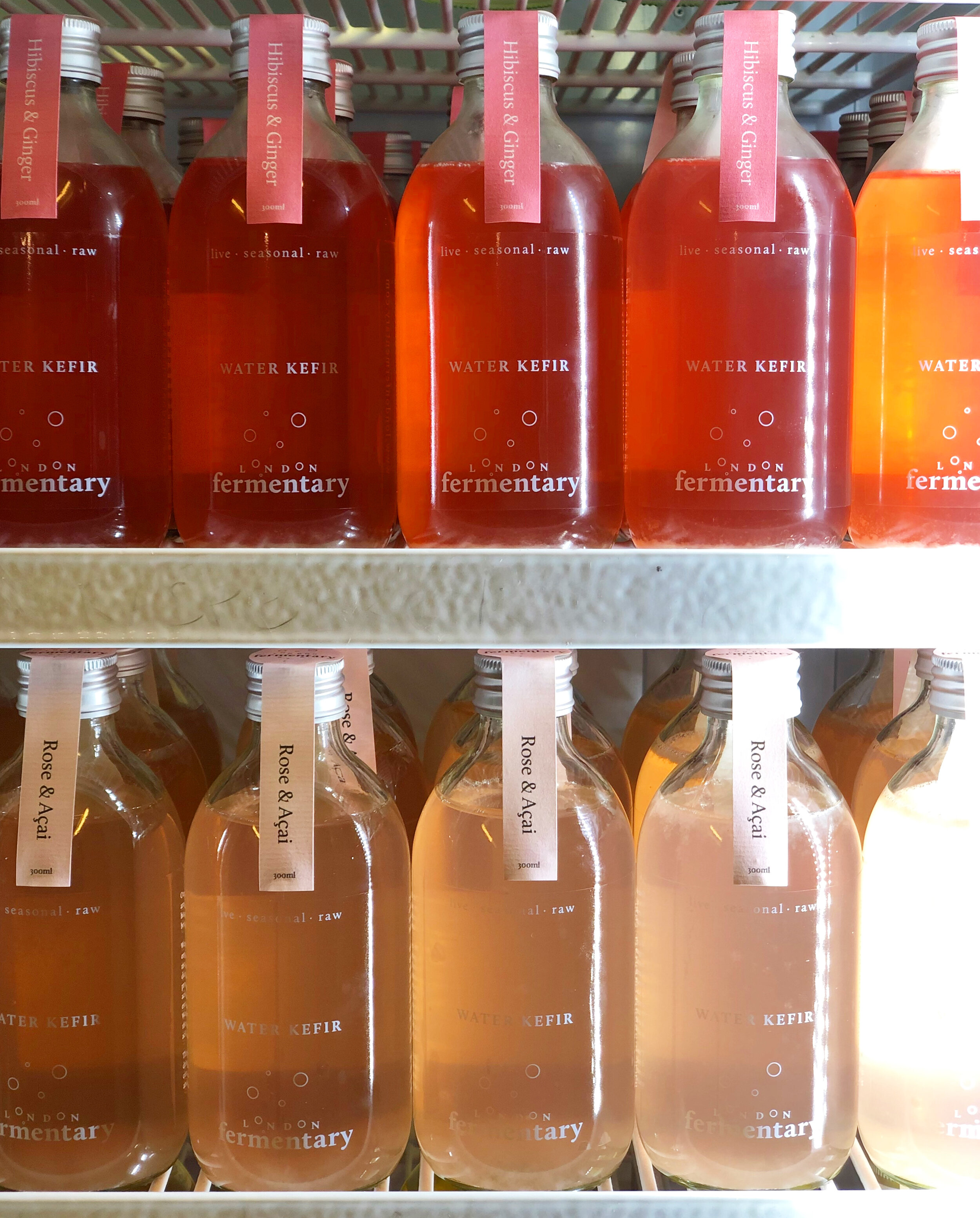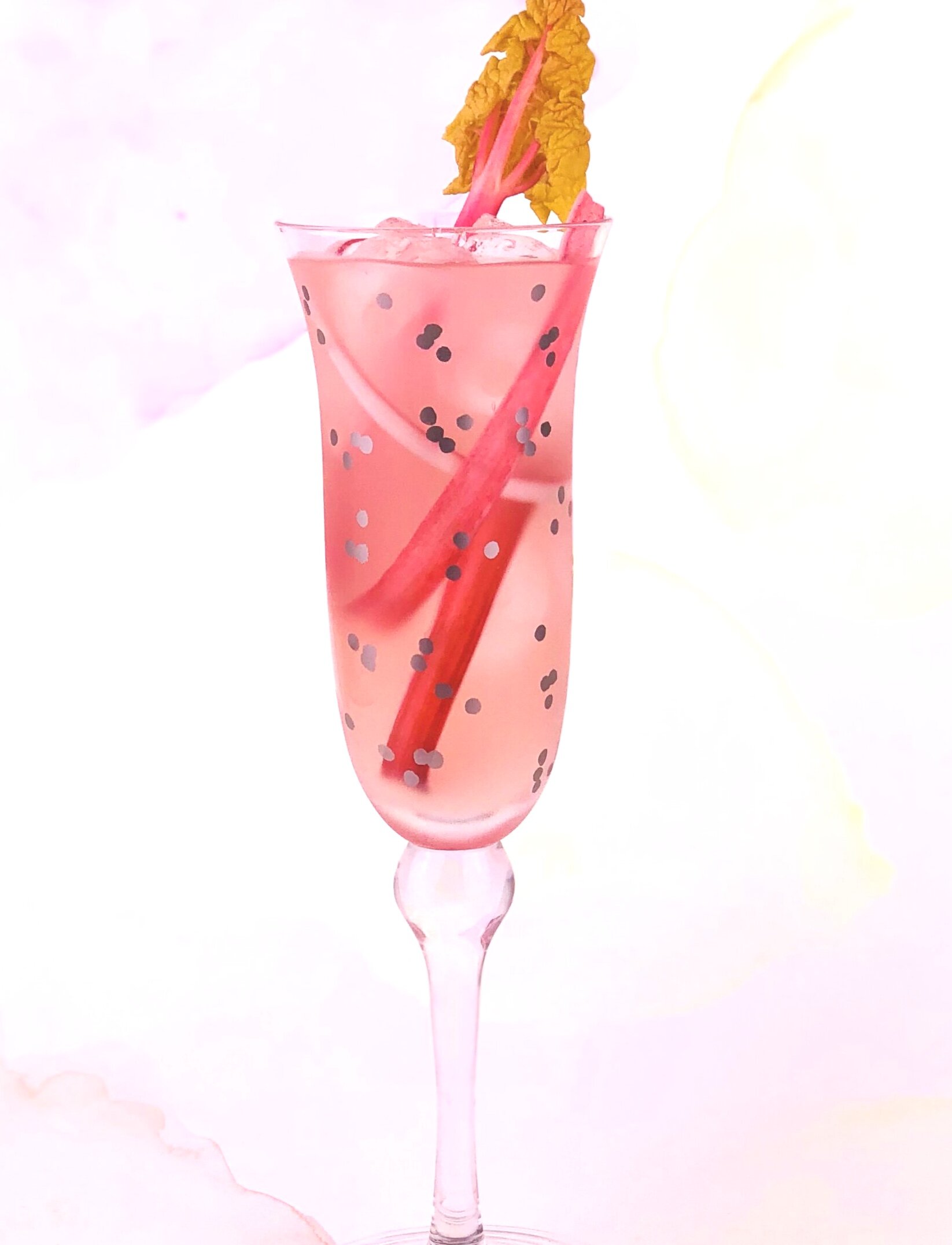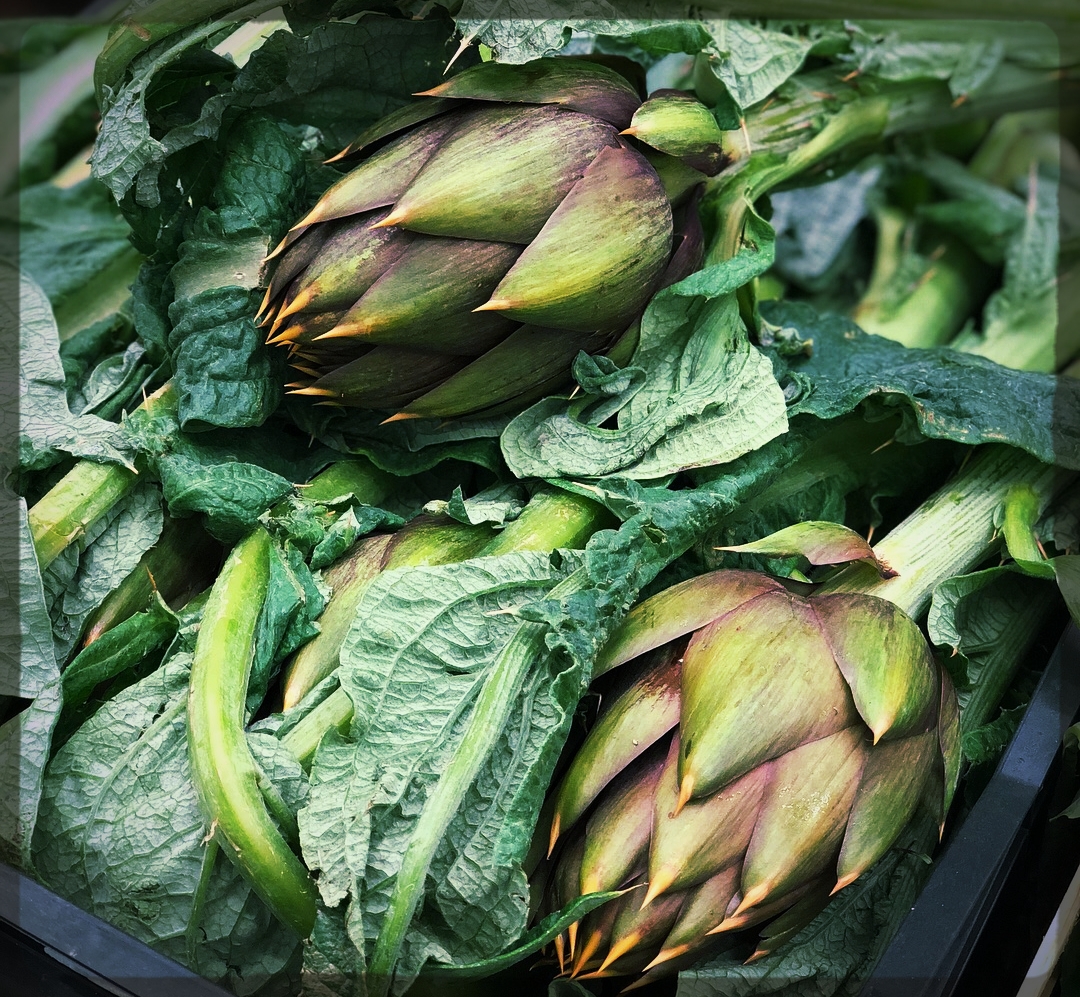French Mirabelle Plums
Photo © Puntarelle&Co
SEPTEMBER
As we enter September the last of the English Sweetcorn comes through our doors. Quick-growing Courgettes are joined by other thin-skinned Squash varieties, preceding the slower-growing Squash/Pumpkins which keep so well for eating in the cooler months. Climbing Beans like Runner Beans, Bobbi Beans and Fine Green Beans will be good for a little longer and varieties of Aubergine are at their most interesting. English Discovery Apples arrive reliably in August but September sees the Apple harvest begin in earnest with more varieties by the week. Plum types are peaking right now and the very short-season dusky Damson plum and golden, red-tinged Mirabelle make their appearance. Kent Cobnuts arrived in August and will remain fresh and milky for a few more weeks before they mature in looks and texture. Tomatoes and juicy, ripe Peaches and Nectarines go into September but get them while you can.
Here is a taster of the things you can expect to find at Puntarelle & Co in the month of September:
Organic Uk “Roast Potato” squash
Photo © Puntarelle&Co
Runner Beans are at their most tender early in the season in August but they can continue into September when they undeniably become a little tougher and need a little extra attention. Bobbi Beans and French Beans can provide a more tender alternative. Fresh Coco de Paimpol (Coco Beans) and pink/white streaked fresh Borlotti Beans are with us still.
English Sweetcorn cobs are at their sweetest but won’t be around for much longer.
Courgettes are joined by other thin-skinned Squash varieties and Aubergine come in in a variety of types. Tomatoes are still full of late summer sun.
English Heritage Carrots, creamy white Cauliflowers, Beetroot, Kohlrabi and Leeks all stand out on our shelves this month.
The seasonal shift into meteorological autumn can be seen in the arrival of new season Kale and Cavolo Nero (Black Cabbage) and the first small Celeriac this month. More interesting new season Potatoes also arrive now.
Mushrooms become more available in September. Scottish Chanterelles and Girolles as well as Ceps.
The new season Onions are always welcome. We hope for Cipolla Rosa di Tropea from Calabria and large, flat and sweet Cipolla Bianca di Giarratana from Sicily along with sweet, delicate-skinned French Oignon Doux des Cevennes.
French Coco Beans
Photo © Puntarelle&Co
English Pears make an appearance now and will be with us throughout autumn, though they keep less well than our Apples, most of which will store well into the New Year. Expect to see more and more varieties joining the always early Discovery Apple.
It’s purple-hued Marjorie Seedling Plum, Damson Plum and Kent Cobnut time and we may see some Wet Walnuts too. Early in the month there are small, golden Mirabelle Plums.
Expect French Black Figs and Muscat Grapes and strawberry perfumed Fragola Grapes from Italy. Also from France, Blood Nectarines and white and yellow Peaches.
Early varieties of Pumpkin Squash will come in and we may see some early Miyagawa Green Mandarins and Pomegranates by the end of the month.
Online order in process
Photo © London Fermentary
London Fermentary News:
A couple of months ago we created an online shop for our fermented vegetables and water kefirs. Where you can order every product from the range we produce, some products are exclusively available from London Fermentary website only. At the moment we deliver in London only, zones 1 to 4, every Friday morning. Please visit us and treat your self with delicious food and drinks for body and mind.
Green bean salad
Photo ©Evie Saffron Strands
Before the fresh climbing beans come to an end, here is a simple recipe for a dish of green beans that makes a good starter dish or a light lunch. It’s easily scaled up or down.
Green bean salad
(serves 4)
800g Runner Beans (or Bobbi Beans or Fine Beans)
150g Berkswell (or other hard sheep’s milk cheese)
50g hazelnuts, skinned and halved
1 tablespoon Moscatel Vinegar
4 tablespoons good Olive Oil
Salt and Pepper
Wash Runner Beans, top and tail and slice them lengthwise 2-3 times (if using other green beans, just top and tail). Drop into boiling, salted water for 3-4 minutes or until cooked to taste. Drain, refresh in cold water, drain and leave to dry on kitchen paper.
Mix the vinegar, salt, pepper and olive oil to form an emulsion. Add the cooked beans. Toss to coat then divide the beans on 4 plates.
Use a vegetable peeler to shave the cheese over the beans. Add the hazelnuts and serve.













